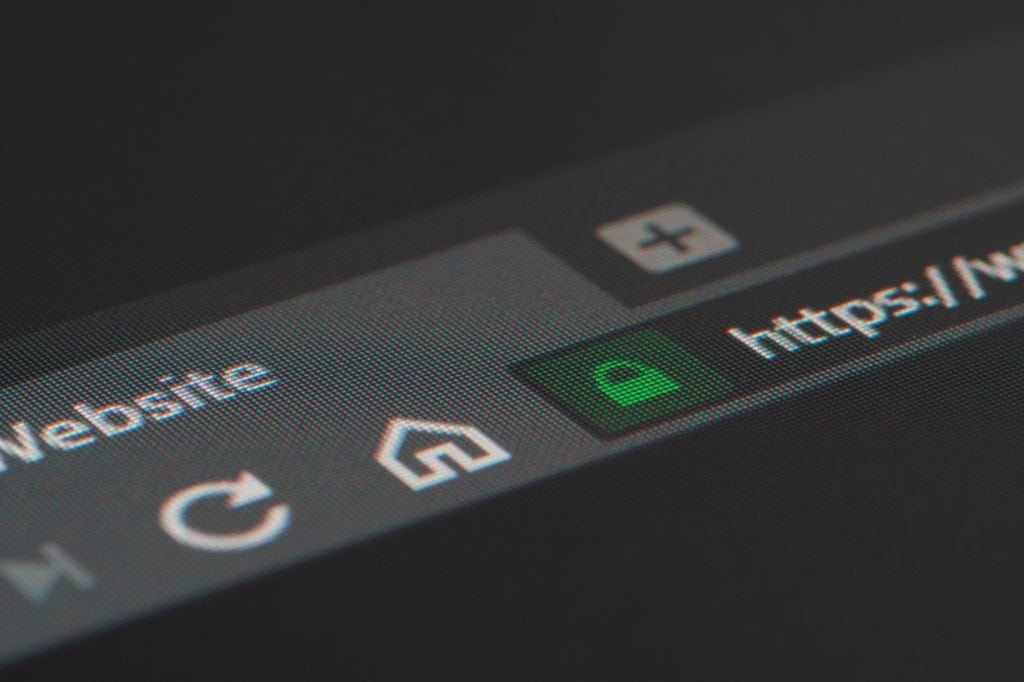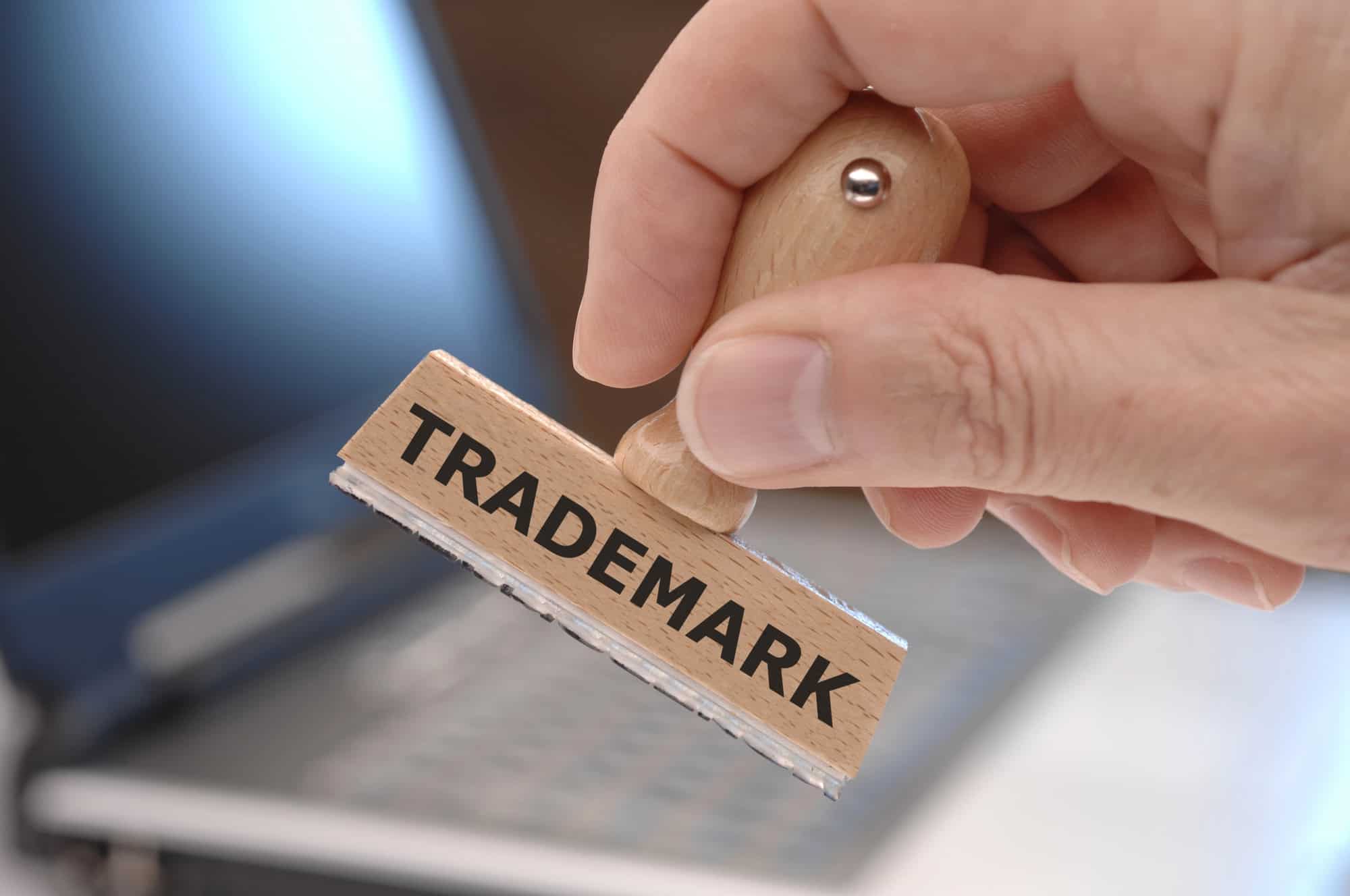Creating a website takes a lot of time and effort. It’s only natural that you’d want to protect that work. One way of safeguarding the content of your website is through copyright. Copyright is only part of the legal framework that protects intellectual property (IP).
In the online age, content circulates in new ways every time. There are many examples of rights-free images, file sharing, and free-to-use materials like these freelance recruiter contract templates. However, not all content can be shared freely, and understanding IP rights is becoming more critical.
If you’re not familiar with these terms, don’t worry. We designed this article to help you understand copyright and what it means for your web content. Let’s start by defining what copyright and intellectual property mean.
Table of Contents
What Does Copyright Mean?
Copyright ownership means you have the exclusive right to reproduction of that intellectual property. The U.S. copyright law is in the Constitution. Article 1, section 8, clause 8, states, “The Congress shall have Power…To promote the Progress of Science and useful Arts, by securing for limited Tımes to Authors and Inventors the exclusive Right to their respective Writings and Discoveries.”
The most quoted legislation relating to copyright law is the Copyright Act of 1976. There have been more recent amendments, including the Digital Millennium Copyright Act (DMCA). It specifically relates to the online sharing of copyrighted content.
Intellectual property is automatically protected by copyright as soon as it is “tangible.” (i.e., publishing a blog article). If this all still sounds a little confusing, the main thing to remember is that only you have the right to distribute and reproduce your IP.
What is Intellectual Property?
So, you might be wondering what counts as intellectual property. Your intellectual property refers to the things that you create. It could be an article, a commercial proposal, an image, an online course, etc. When dealing with web design and web development, we’re talking about the content created for your website. However, the underlying code for the site, logos, and even fonts could all be considered intellectual property. That’s assuming they’re original creations.
Can a Website be Copyrighted?
The short answer is yes, but it’s not quite as simple. To be eligible for copyright, a created work must be:
- An original work
- Communicated through a tangible medium
- Contain a minimum amount of creativity
That means copyright protects anything original you’ve created for your site. However, when dealing with single elements, like logos and fonts, a trademark is a more appropriate form of protection. Remember that copyright is granted automatically to a content owner, but trademarks must be registered. You can also register your copyright with the U.S. copyright office for extra legal protection.

Why Should I Copyright My Website?
You might wonder why you would register your copyright if the content is protected once created. There is a good reason to do so, specifically if you use your content commercially. Unauthorized reproduction of content is relatively common online, especially with the rise of AI getting its information from the internet. If you end up having to file a copyright claim, then having your content registered will make life a lot easier.
You can send cease and desist notices or file DMCA claims without being the registered copyright holder. If you meet with resistance, having your copyright registered will give you the means to pursue court action.
What Does Website Copyright Protect?
The automatic protection granted by copyright ownership covers the original creative work on your website. That could include:
- Articles
- Images
- Videos
- Original code
- Audio
This means any of these elements can be protected by registered copyright. Registered copyright will only protect the elements registered on the copyright form. Copyright covers the following actions:
- Reproduction of content
- Creation of derivative works
- Distribution of content
- Public performance or display
- Digital transmission
You might notice that the list of protected content does not include branding elements. That’s because brand associations like logos, color schemes, and names need to be trademarked.
Trademarks
Protecting your website copyright is most useful for commercial enterprises. If that is your case, then you’ll probably also want to look into trademarks. Trademarks are how we protect the elements of our brand that differentiate it from competitors.
Think logos, brand names, jingles, color schemes, etc. On their own, they’re not protected by copyright. No one owns the colors yellow and blue, for example. But, when associated with a brand, they can be protected by trademarks.
Picture a big brand like Coke; the stylized name, color scheme, and logo probably jump straight into your mind. These are trademark elements. Unlike copyrights, trademarks must be registered to be protected.

Explaining “Fair Use”
There are certain times when reproducing copyrighted content is permitted. It is known as fair use, and it covers several different circumstances. For example, a reviewer might be allowed to use movie clips in the context of a review.
Standard contexts protected by fair use include; academic use, research, criticism, news reporting, and parody. That isn’t to say that all material is open for these purposes. Fair use cases are judged on a case-by-case basis. There are four considerations:
- The purpose and nature of use, e.g., commercial or academic purposes.
- The nature of the copyrighted work.
- The proportion of the copyrighted work is shown in comparison to the overall work.
- The effect upon the potential value or market for the copyrighted work.
That means fair use can be complicated if a dispute happens. If you find yourself in a situation where you need to use copyrighted work this way, using a fair use disclaimer on your website can help you be clear about your intentions.
How to Easily Copyright Your Website
There are several steps you can take to help assert your website copyright. Private bloggers can rely on automatic copyright protection. But business users should take these additional steps.
Place copyright notices
You can notify visitors to your site of your copyright ownership using a copyright notice. It is a standard text that you can add to your website footer. It is typically formatted like this:
“© [name of copyright owner] [year of creation of website – current year]. All rights reserved”
It is not strictly necessary, but it acts as a public statement of your copyright ownership and clarifies that redistribution is prohibited.
Create website terms and conditions
You can use your website’s terms and conditions to reinforce your copyright protection. Adding an intellectual property clause to your T&Cs, lets you clearly state what users can and can’t do with your content.
An intellectual property clause should set out exactly when users would need additional permissions to share content. It should also state any licenses you grant for the use of your content and give contact details for inquiries.
You might grant limited licenses for the use, reproduction, or study of certain content. For example, if you have agreement templates that you allow free use of, like these release of liability templates.
T&Cs need to be updated as and when any changes occur. If in doubt about website terms and conditions, you should contact a legal representative for further advice.
Add “no right-click” plugin
One way of ensuring that users can’t simply copy and paste content from your website is by disabling that function entirely. If you use a content platform like WordPress, then you can easily download plugins that will do this for you.
If you have a bespoke site or a site created by a third party, you can have your web developer disable right clicks. Bear in mind that if there are parts of your site that use the right click to function, these will also be affected by a general plugin.
Register a copyright
Copyright laws can vary by country, and you need to register your copyright in your home country. In the U.S., copyright can be registered with the U.S. Copyright Office.
Register a trademark
Once you have registered your copyright, you will want to get those trademarks sorted out. Trademarks are handled by the USPTO. You want to start by visiting their website. The process looks very similar to copyright registration.
You can complete the whole registration online. You’ll need to meet specific criteria for your trademark to be registered, so if you’re unsure whether you can trademark a brand element, the USPTO site is your best resource.
Filing fees are charged per mark, at $250 or $350, depending on the registration type. Trademark filing is lengthy; the exact time frame depends on the filing basis. That means whether the mark is currently in use or to be used, renewed, and so on.
How to Detect Copyright Infringement?
It’s not always easy to know if your content has been duplicated elsewhere. We do not have time to do repetitive manual searches. There are a few automated content checkers that can help with this. The most popular free option is Plagiarisma. Grammarly and Copyscape also include plagiarism checkers in their software suites if you’re looking for a professional option.
One tell-tale sign that your content may have been reproduced is if your content SEO ranking drops suddenly for no reason. Due to the way search engine algorithms index content, duplicate content can be penalized. Without being able to distinguish the original owner, that means the content owner’s SEO suffers too. If you detect SEO rankings dropping for no reason, you may need to check for copyright infringements.
What to do if your copyright is infringed?
You do have options when you detect copyright infringement. Even if you haven’t registered the copyright, you can still request duplicate content to be removed. The first step should be to contact the infringing site owner and ask for the content to be taken down.
There are some cases where it’s difficult to identify who published the infringing content. If the infringing content is media being shared on a hosting service like YouTube, you can submit a DMCA takedown notice or hire an agent to do it for you.
These notices request that infringing material be removed from a platform. Service providers in the USA must adhere to DMCA notices, it avoids any legal liability for infringing content on their behalf.
Providers in many other countries will also observe DMCA notices. The WIPO (World Intellectual Property Organization) is a group of countries with reciprocal data protection laws, which helps make this collaboration easier.
Protect yourself with copyright
Copyright is a complex topic. If you don’t fully understand how copyright affects your business, you should seek advice from a solicitor. Like any legal matter, you can use a template like this waiver agreement template to get by. Yet, if you don’t understand the full legal implications, you might run into trouble when a problem occurs. When in doubt, contact your legal representatives.


